After the iconic Deli Food in New York, and the Bouillabaisse in Marsille, we move on to our next story in the series ‘Dish and the City’ – the saga of the ‘French’ Fries in Brussels, Belgium.
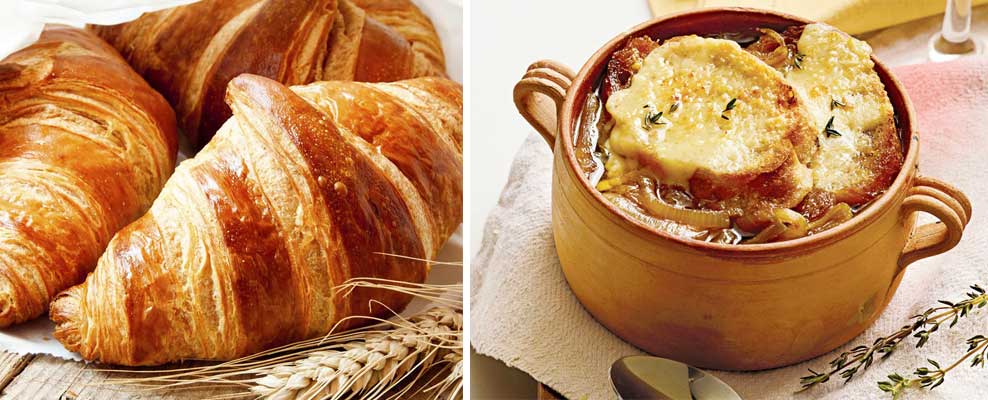
The French have been rather generous over time and have given the world many gifts. These would include the Bikini, the Sewing Machine, the Hot Air Balloon, and – to the United States – the Statue of Liberty. When it comes to food, the ‘French Gifts’ include the likes of Croissants, Onion Soup, Beef Bourguignon, Bouillabaisse, Coq au vin, Camembert Cheese and Eclairs. But, the French cannot claim the French Fry – the golden strips of goodness.
Exactly who introduced these globally-popular fried potato chips to the world is not exactly known, but it is a known fact that the Spanish introduced the potato in Europe.
One story goes that in 1537, Jimenez de Quesada and his forces entered a village in Colombia where all the natives had fled. Among the things found in the native food stocks were the potatoes, which the Spanish originally called ‘truffles’.
Another story goes that the Spanish conquistadores found the potato in Peru and brought it to Spain, some years earlier than in the story above. But it is generally accepted that the potato was brought to Spain in the 16th century, and introduced in Italy and other European countries.
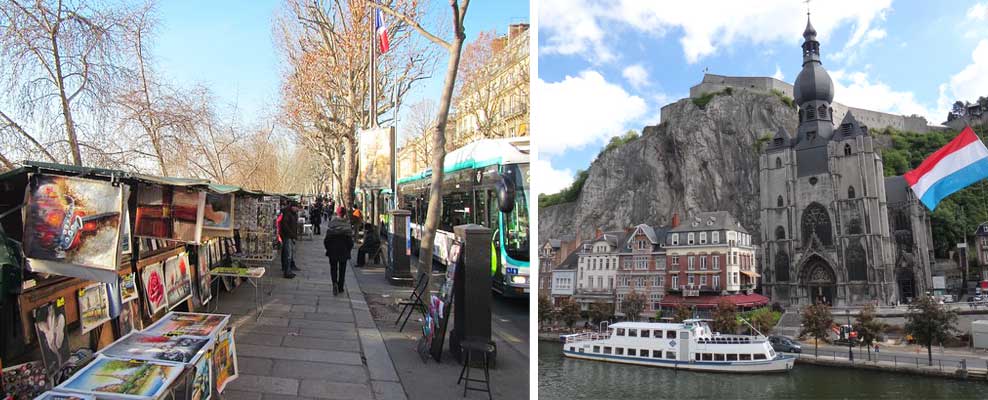
As to being the home of the French Fries, both France and Belgium claim the distinction. Some claim that the street vendors on the Pont Neuf bridge in Paris invented them in 1789, just before the outbreak of the French Revolution.
But, generally, credence is also given to the story that says that these were invented in Belgium in the late 1600s. A Belgian journalist, Jo Gerard claims that potatoes were being deep fried in Spanish Netherlands – now Belgium – prior o 1680. He says that the poor inhabitants of the Meuse River valley would catch small fish in the river for frying. But when the river was frozen and fishing became difficult and dangerous, they would cut potatoes in small pieces in the form of a fish and deep fried them.
Whichever story you may or may not believe, you have no choice but to accept that French Fries are hugely popular in Belgium and some of the best-in-the-world are served in Brussels. However, we shall return to the World-of-French-Fries-in-Brussels a bit later.
The term ‘French Fried Potatoes’, first appeared in print in English in 1856. E. Warren in his book “Cookery for Maids of All Work” wrote: “French Fried Potatoes – cut new potatoes in thin slices, put them in boiling fat, and a little salt, fry both sides of a light golden brown color, drain.” The first mention in English literature must be when Charles Dickens wrote in his “Tale of Two Cities” – published in 1859 – “Husky chips of potato fried with some reluctant drop of oil.” But the French Fry had already been exalted by President Thomas Jefferson who ordered “potatoes fried in the French manner” to be served at a White House dinner in 1802.
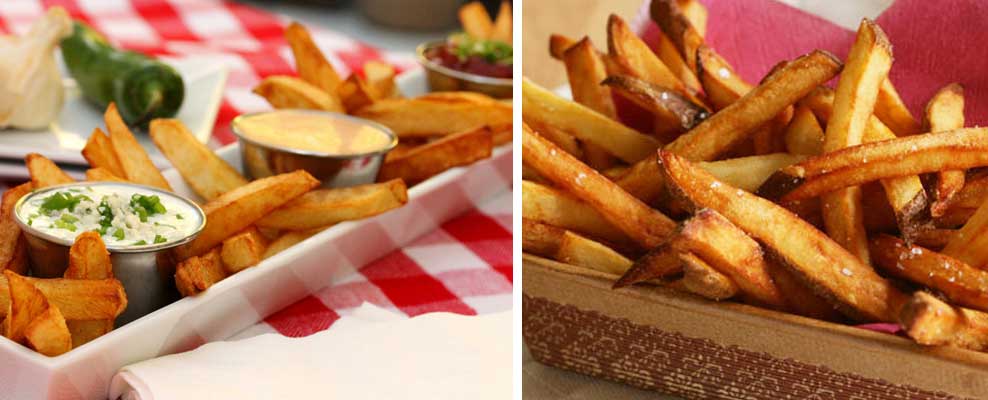
“French Fries?” Are they named so because the potatoes are cut in the ‘French’ manner – into lengthwise strips? Or, is it because they are cooked in the ‘French’ manner? Perhaps the best explanation is that which attributes to the naming to the American soldiers serving in Belgium in the First World War. Because the official language was French, the soldiers thought that they were “French Fries.” In Belgium, they were and are known simply as ‘frites’, served from kiosks known as ‘fritkot’.
I must admit that I did not have any French Fries during my various visits to France. But, quite a few years ago, while living in Belgium, I did discover the exalted world of the Gourmet Frites. The Belgians have turned the simple French Fry into a most popular super-dish – no, a passion – and made cooking/serving it into an art form. They are universally served in a paper or a cardboard cone with a dollop of mayonnaise on top.
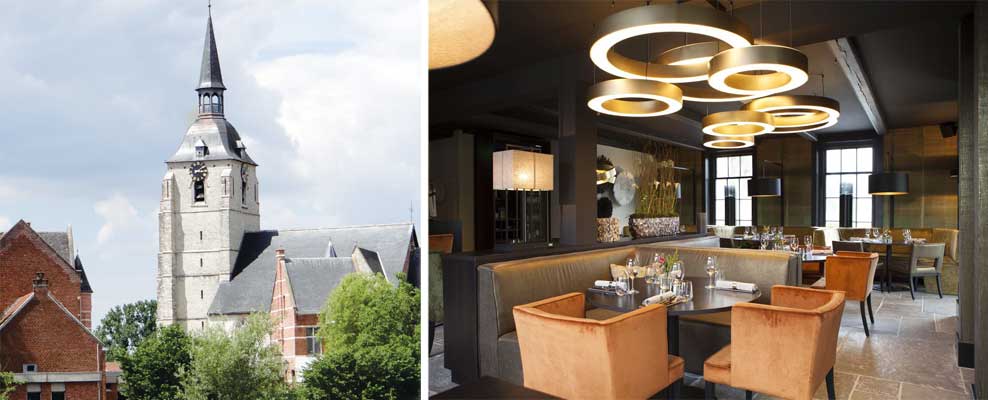
Brussels has to be the Mecca-of-the-Frites. I was living in a small village, Rijmenam, about 5km from Mechelen. Rijnemam’s claims to fame must be restricted to being my host-village for many months and the Battle of Rijmenam. This battle was fought in the early stages of the Eighty Years War between the forces of the States-General of the Netherlands and the Spanish Governor General of the Habsburg Netherlands, Don Juan de Austria, on 31 July 1531. The Spanish forces suffered a strategic defeat. How interesting, even if we think in terms of the potato. The Spanish introduced the potato in Europe, but the Belgians are the kings of the French Fry today!
Jumping a few centuries from the 16th century, I would take a ten-minute walk to my bus stop. It was named after a famous restaurant, Wit Paard (The White Horse). The bus ride to Mechelen railway station took about a half hour, the same time as the train journey to Brussels. I did this journey on numberless days, chasing the scents and tastes of the Frites in various fritkots. Since the best fritkots were not in the center of the city but spread all over, I thoroughly enjoyed exploring Brussels – on foot, by bus and by tram – looking for the Best Frits.
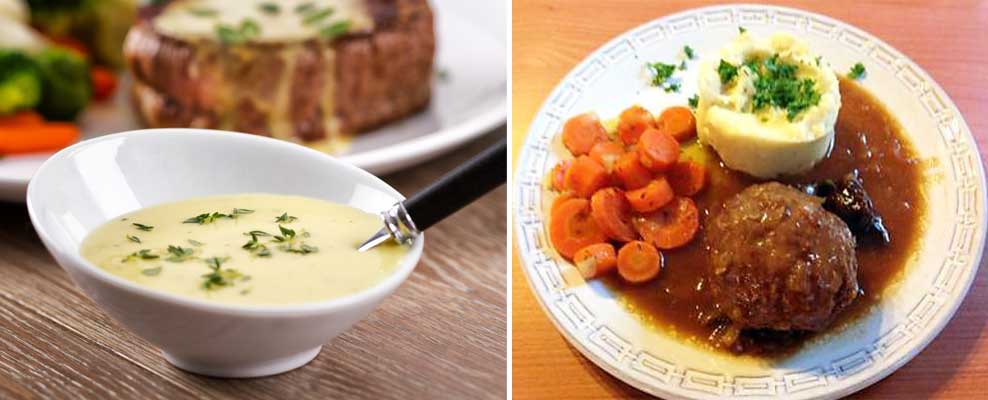
It was not just a great travel experience but also an equally great gastronomic experience. The frits were a complete meal, in many diverse versions. It was not just a matter of a simple dollop of mayonnaise on top. One had the choice of many, many sauces. These included: Bearnaise, Aioli/Looksaus (garlic mayonnaise), Sauce Andoulouse (mayonnaise with peppers and tomato paste), Sauce Americaine (mayonnaise with tomatoes, chervil, onions, capers, crustacean stock and celery), Samurai-Sauce (mayonnaise with Tunisian chilli, spices, tomatoes and bell peppers), Sauce Lapin ( Made from Sirop de Liege, cooked with raisins, onions, prunes, and cloves), Zigeuner Sauce ( a ‘gypsy’ sauce of tomatoes, paprika and chopped bell peppers) and quite a few other sauces.
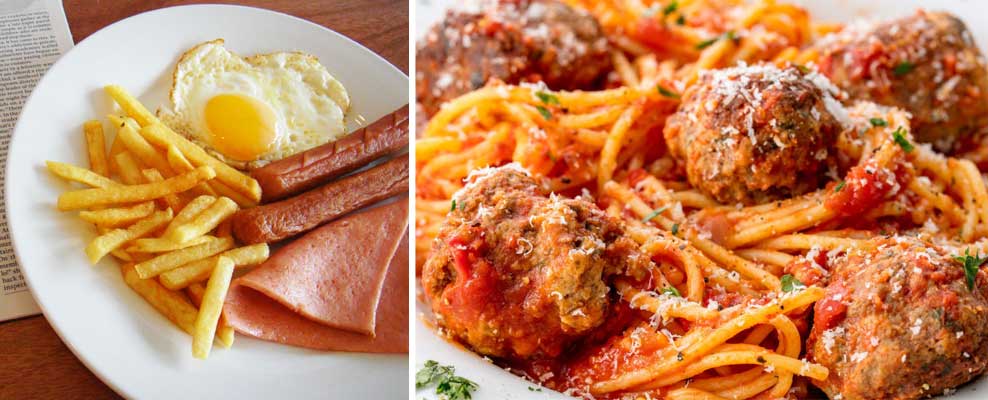
Even if it was the various sauces which turned the frites into totally different food offerings, there was also the matter of the frites being served – if you wished – with a fried egg or various meats like sausages, meatballs or carbonnade.
So what makes ‘perfect’ frites? The Bintje potatoes – slightly floury, flavorsome and slightly sweet – are peeled and hand-cut in slices that are just the right size, – about the girth of a lady’s finger, if somewhat longer. Meanwhile the fat should be reaching a temperature of 160 degrees C. The frites are fried once till pale but cooked through. These are drained and allowed to cool. When ordered by a customer, they are re-fried at 175° C, till golden and ‘bien croustillantes’ – crispy.
For the Belgians the French Fries are not just a most favored food. They are a ritual. They are a destination. They are a family outing. They are an indulgence.
Go indulge yourself – like I did and the Belgians do with great passion – in the World of the Frites in Brussels.
